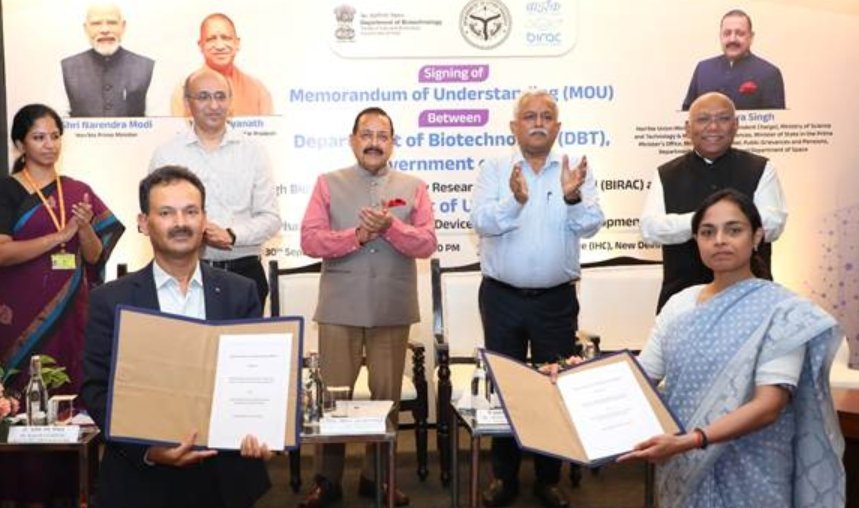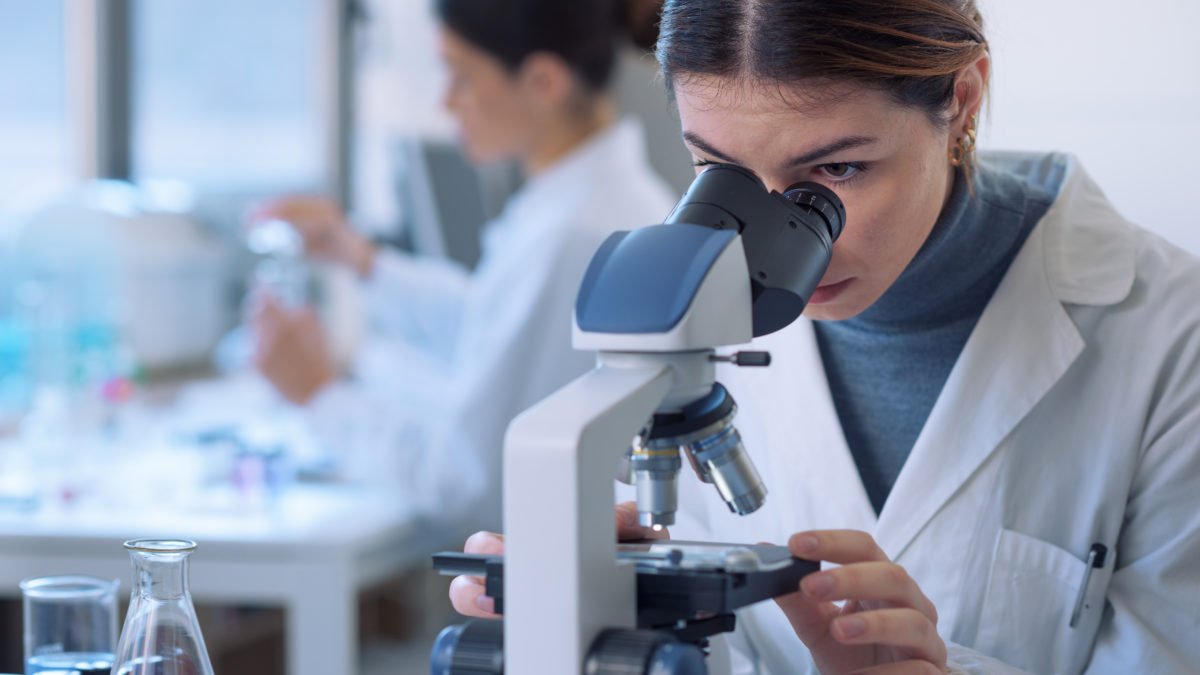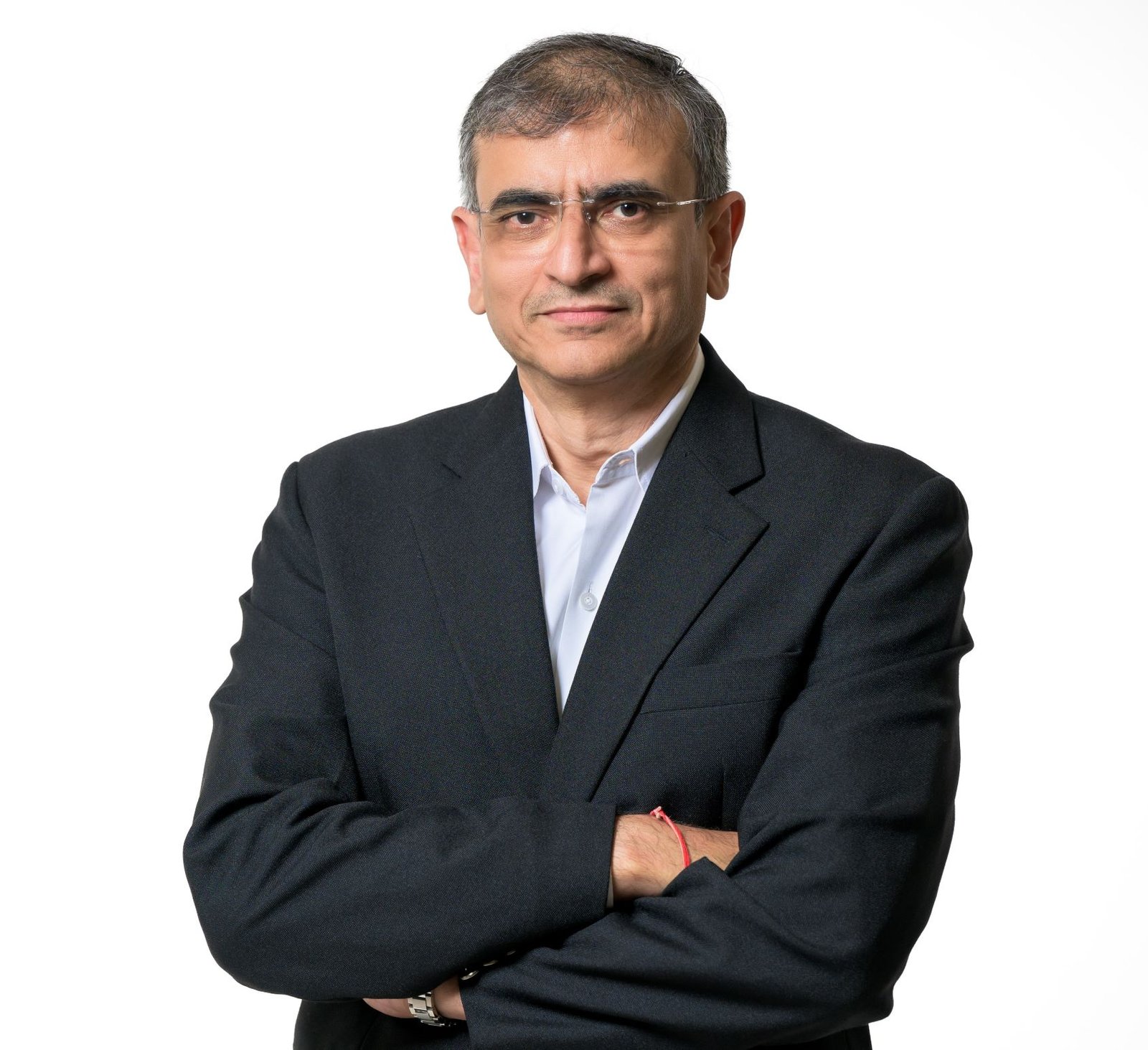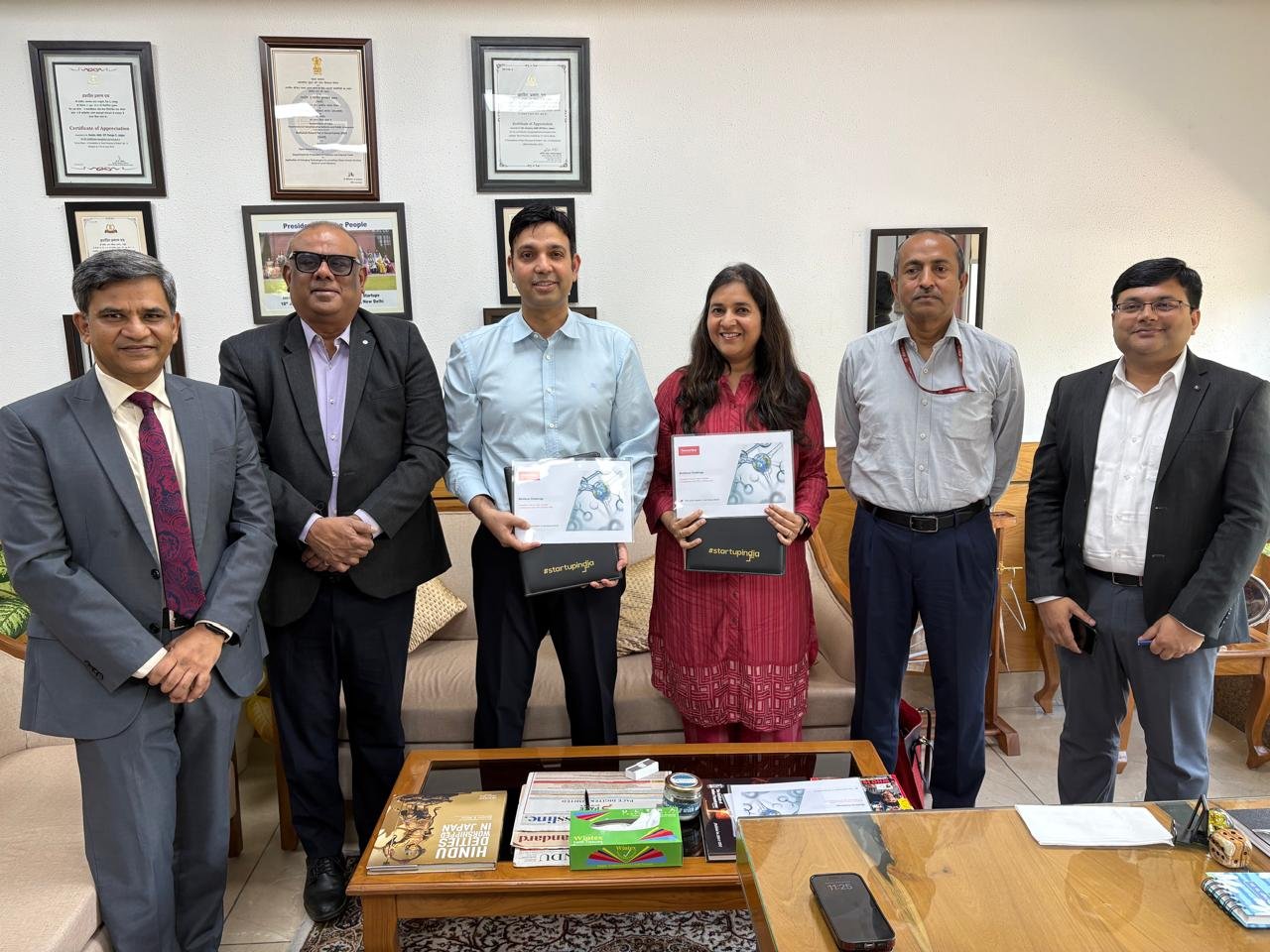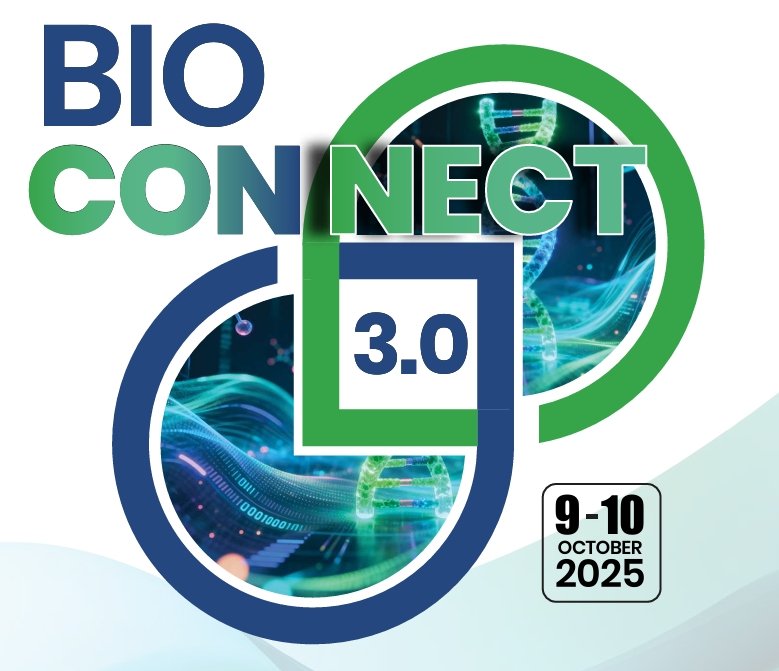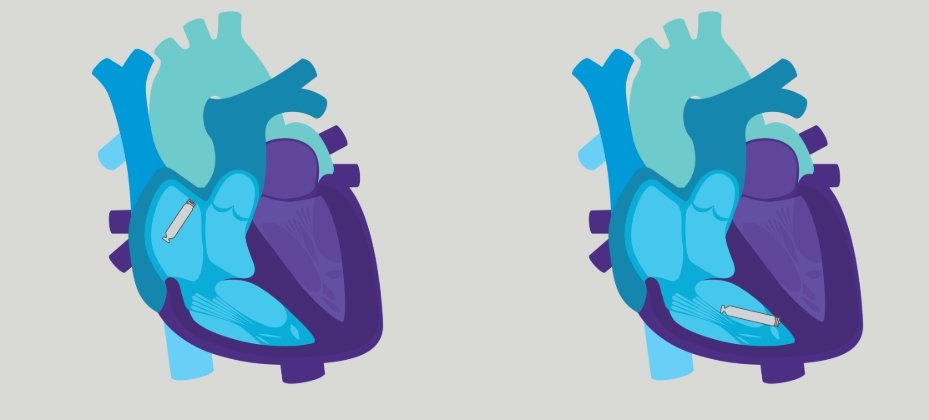India's largest vaccine manufacturer, Serum Institute of India (SII) saw a surge in demand for its vaccine products over the past one year, especially for pentavalent and measles. In fiscal 2011-12, the company clocked a turnover of

1708 crore as against

1041 crore in 2010-11.
Says Dr Cyrus Poonawalla, chairman and managing director, SII, “The biggest achievement for us has been the turnover. This year's turnover has created history for the company. This is because of the good demand for our pentavalent, meningitis and measles vaccines over the last one year.� Keeping up to the global demands, the company during the year has manufactured a billion plus doses from its stable. These vaccines are supplied to international health agencies such as the WHO, UNICEF, PAHO, GAVI. It supplies vaccines to more than 140 countries across the globe.
Exports this year constituted 82 percent of its total revenue. “Majority of our vaccines go into exports because more than India, a majority of other countries such as Bangladesh and Pakistan are more active in immunization programs especially for our pentavalent vaccines,� adds Dr Poonawalla.
In fact, company officials are jubilant with the response its pentavalent vaccines has elicited. “Our pentavalent vaccines are of equally good quality but at a fifth of the price of those of the MNCs. Apart from this our vaccine for Meningitis A Conjugate launched in Africa has gained a lot of recognition from international agencies such as Bill and Melinda Gates Foundation,� Dr Poonawalla points out. Its intra-nasal H1N1 vaccine, Nassovac, has sold three million doses so far since it was first launched in 2010.
SII has come a long way since it first commenced operations in 1966. “We started with anti-sera products the strain for which we were sourcing from outside, and then our next main step was to move to a full fledged vaccine business. We started off with Tetanus Antitoxin followed by Tetanus Toxoid. Then in 1974 we got into DTP vaccines (Diphtheria-Tetanus-Pertussis) which was India's first combination vaccine and then we got into measles in 1985. Around 1990s, we started exporting our products to UN agencies and since then our success story has continued,� recalls Dr Poonawalla.
The company also made its foray into biopharmaceutcials with the launch of its EPO product, ErepoXen. “The results that doctors are getting compared to other competitors are far better. A lot of people are approaching us for the bulk and we are in the process of registration in other countries also. In the pipeline we have variants of EPO but they are in early stages,� adds Dr S D Ravetkar, executive director, SII.
In terms of globalization, while SII has made a strong foothold in the emerging markets of the world, it is now looking at making an entry into the regulated markets.
One strategy for entering such markets is co-development and marketing alliances with multinational majors present in these markets. Last year, SII signed an agreement with Merck to develop and commercialize a pneumococcal conjugate vaccine (PCV) for use in the emerging and developing world countries of the world. Together, Merck and SII will form a product advisory committee to oversee the activities required to develop and seek approval for PCV and pursue World Health Organization (WHO) pre-qualification. “This is one of our models to foray into the developed markets of the world, to co-work and co-develop and this can be applied even for developing countries. The PCV vaccines are in the early stages and will take some time before they are commercialized, though work has started in our labs,� adds Dr Ravetkar.
SII is in a constant process of revamping, upgrading or increasing its facilities. “Now to catch up for the huge demand we are looking at both product and facility expansion and at regular intervals you will find some facility up gradation happening,� says Adar Poonawalla.
In terms of R&D, SII is looking at expanding its facilities not just in terms of equipment but also in terms of the facility space and incorporating the latest platform technologies.
In a significant development, the Bill and Melinda Gates Foundation has pooled in funds for clinical trials of SII's Rota Virus vaccines in March 2011. The vaccine has completed its phase II trials and has entered phase III trials.
| Key Achievements |
Performance highlights |
Key strategy initiatives |
Future plans |
- H1N1 vaccine, Nassovac has sold 3 million doses.
- Its EPO product is successful in the Indian market and SII has now filed registration applications in other countries.
- Pentavalent vaccines has had a good performance in the market.
|
- 64 percent growth in revenue over 2010-11.
- Exports constituted 82 percent of revenues.
- Manufactured over a billion plus vaccines.
- Becomes the largest biotech company.
|
- Building strategies to enter developed countries of the world.
- Entered into an alliance with Merck for co-development and co-marketing of PCV vaccines.
|
- Rota Virus Vaccines entering phase III trials.
- Looking at a 60 percent increase in capacity of pentavalent vaccines.
- Will look at lowering the prices of its vaccines launched in the future.
- Its SEZ Biopharma park is almost complete and will be operational in 2 years.
|



